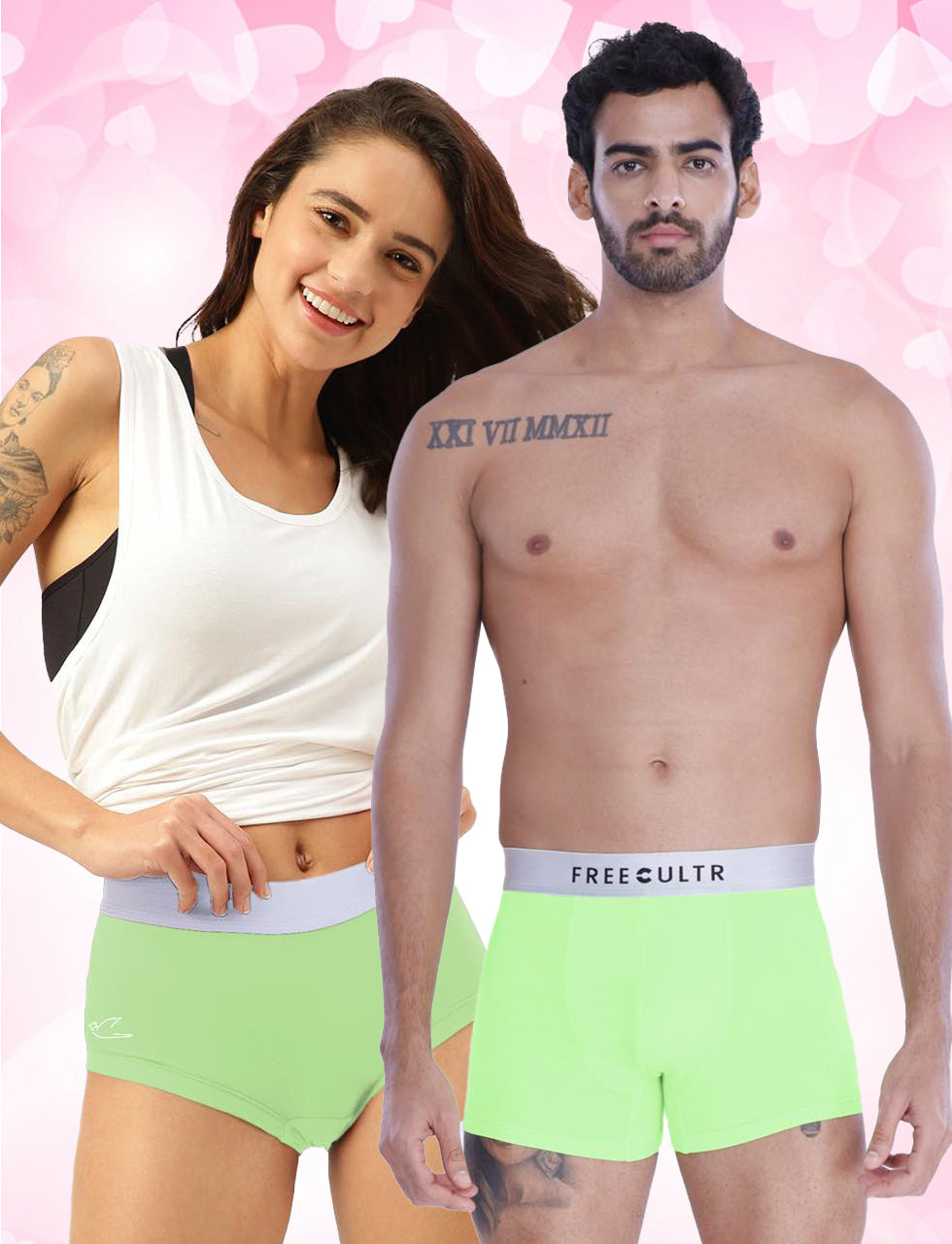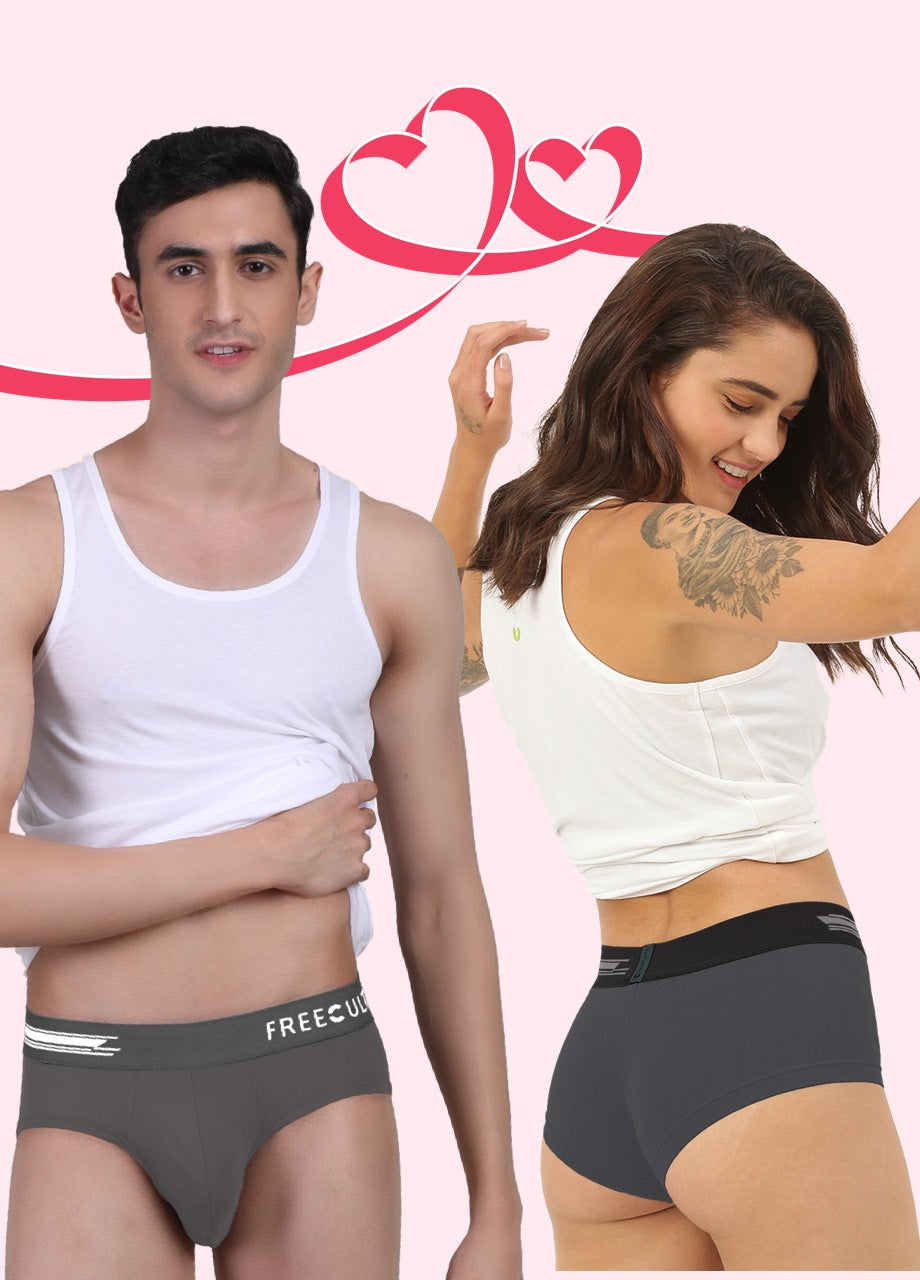The quest for breathable clothing intensifies as consumers demand more from their fabrics, especially in activewear and everyday apparel. While traditional cotton remains a staple, its inherent fiber structure can limit airflow and moisture-wicking capabilities, leading to discomfort. Freecultr addresses this challenge by employing innovative fabric engineering that goes beyond basic cotton. We’ll explore how Freecultr’s unique fiber blends and weaving techniques create enhanced porosity and surface area, facilitating superior ventilation and moisture evaporation compared to standard cotton weaves. Discover the science behind Freecultr's breathability advantage and unlock the secret to staying cool and comfortable.

Understanding Breathability: The Key to Comfortable Clothing
Breathability in fabric refers to its ability to allow moisture vapor (sweat) to pass through it. This is crucial for maintaining comfort, especially during physical activity or in warm weather. A breathable fabric helps regulate body temperature by allowing sweat to evaporate, keeping you cool and dry. Conversely, a non-breathable fabric traps moisture, leading to discomfort and potential skin irritation. When considering ["Fabric Technology"] and its advancements, breathability is often a primary focus.
Traditional Cotton: Strengths and Limitations
Cotton is a natural fiber prized for its softness, absorbency. Affordability. It's a staple in the textile industry and widely used in clothing. But, traditional cotton has limitations regarding breathability. While it can absorb moisture, it doesn't always release it quickly. This can lead to a build-up of moisture against the skin, making you feel damp and uncomfortable. The structure of cotton fibers, while absorbent, can also trap heat, especially in thicker weaves. This impacts the overall ["Comfort"] of the wearer.
Freecultr's Fabric: A Breathability Breakthrough
Freecultr's fabrics often utilize advanced weaving techniques and fiber modifications to enhance breathability compared to traditional cotton. Several factors contribute to this improvement:
- Fiber Blends: Freecultr may incorporate synthetic fibers like polyester or nylon into their cotton blends. These synthetic fibers, when engineered correctly, can wick moisture away from the skin and promote faster evaporation.
- Weaving Techniques: The way a fabric is woven significantly impacts its breathability. Freecultr may employ looser weaves or specialized knit structures that create more open spaces within the fabric. These open spaces allow for better airflow and moisture transfer.
- Moisture-Wicking Treatments: Fabrics can be treated with chemical finishes that enhance their ability to wick moisture. These treatments create a hydrophilic (water-attracting) surface on the fibers, drawing sweat away from the skin and spreading it across a larger area for faster evaporation.
Delving Deeper: Fiber Technology and Enhanced Breathability
Modern ["Fabric Technology"] offers several ways to improve the breathability of cotton-based fabrics. Here's a closer look:
- Modified Cotton Fibers: Some manufacturers modify the structure of cotton fibers at a microscopic level. This can involve creating channels or pores within the fibers to increase their surface area and improve their ability to absorb and release moisture.
- Engineered Yarns: The way yarns are spun can also influence breathability. For example, using a core-spun yarn with a synthetic core and a cotton outer layer can combine the comfort of cotton with the moisture-wicking properties of synthetics.
- 3D Knitting: This advanced knitting technique allows for the creation of fabrics with variable densities and structures. This can be used to create zones of enhanced breathability in specific areas of a garment, such as under the arms or across the back.
Comparing Breathability: Traditional Cotton vs. Freecultr's Fabric
| Feature | Traditional Cotton | Freecultr's Fabric (Typical) |
|---|---|---|
| Breathability | Moderate | High |
| Moisture Wicking | Absorbent but slow drying | Excellent wicking and fast drying |
| Airflow | Limited, depending on weave | Enhanced due to weave and fiber composition |
| Comfort | Comfortable when dry, less so when damp | More comfortable, even when sweating |
Real-World Applications and Use Cases
The enhanced breathability of Freecultr's fabrics makes them ideal for a variety of applications:
- Activewear: Breathable fabrics are essential for workout clothes, as they help regulate body temperature and prevent overheating during exercise.
- Everyday Wear: In warm climates or for individuals who tend to sweat easily, breathable clothing can significantly improve comfort throughout the day.
- Underwear: Breathable underwear can help prevent moisture build-up and reduce the risk of skin irritation.
- Bedding: Breathable sheets and blankets can promote better sleep by keeping you cool and dry throughout the night.
Example: A runner wearing a Freecultr t-shirt made with a moisture-wicking cotton blend will experience less sweat build-up and a more comfortable run compared to wearing a traditional cotton t-shirt. The enhanced breathability allows sweat to evaporate quickly, preventing the runner from feeling weighed down and chilled.
The Science of Sweat: Why Breathability Matters
Sweat is your body's natural cooling mechanism. When sweat evaporates from your skin, it takes heat with it, helping to lower your body temperature. But, this process is only effective if the sweat can actually evaporate. A breathable fabric allows sweat to evaporate freely, while a non-breathable fabric traps sweat against your skin, hindering the cooling process. This can lead to overheating, discomfort. Even heatstroke in extreme cases. Therefore, choosing breathable clothing, especially in hot or humid conditions, is crucial for maintaining ["Comfort"] and overall health.
Conclusion
Looking ahead, the future of fabric technology is bright. Freecultr is poised to lead the charge. We've seen how specialized weaves and innovative fiber choices, like the modal-elastane blend, dramatically improve breathability compared to traditional cotton. Experts predict a growing demand for performance fabrics that prioritize comfort and hygiene. To stay ahead, explore developments in moisture-wicking treatments and antimicrobial finishes. Delve deeper into understanding fabric blends and their impact on performance. As a personal tip, always consider the fabric composition when choosing your everyday wear, especially in warmer climates or during physical activity. The key takeaway is that informed choices lead to enhanced comfort and overall well-being. Embrace the possibilities that fabric innovation offers and experience the difference firsthand. Freecultr believes that clothing should enhance, not hinder, your daily life.More Articles
Men's Modal Trunks for Men Comfortable – Superior Softness & Moisture WickingLow Rise Brief for Men – Modern Design & Enhanced Breathability
Why is Freecultr a smarter choice than Damensch in hot weather?
Men's Snug Fit Trunks for Men – Maximum Support & Prevents Riding Up
FAQs
Okay, so what's the deal? Everyone says Freecultr's fabric breathes better. Is that just marketing fluff?
Nope, it's actually based on some clever fabric engineering! While we use cotton (which is already pretty breathable), we've optimized the weave and often blend it with other materials like Tencel or Modal. This creates more microscopic air channels within the fabric, letting air circulate more freely than your average, tightly woven cotton tee.
So, you mentioned weave. How does the weave of the fabric affect breathability?
Great question! Think of it like this: a tightly packed weave is like a brick wall – air can't get through easily. Freecultr uses looser weaves, sometimes even incorporating open stitches or special knit patterns, that act more like a chain-link fence, allowing for better airflow and moisture wicking.
What are these 'other materials' you mentioned, like Tencel and Modal? Do they really make a difference?
They absolutely do! Tencel and Modal are both derived from wood pulp. They're processed in a way that creates incredibly smooth, soft fibers. These fibers have a unique structure that allows them to absorb and release moisture more efficiently than cotton alone. This enhanced moisture management helps keep you cool and dry, contributing to that breathable feel.
Does the color of the fabric affect breathability at all? I've heard dark colors absorb more heat.
That's a smart point! While the fabric construction is the primary factor, dark colors can absorb more solar radiation (heat) than lighter colors. So, if you're really concerned about staying cool in direct sunlight, lighter colors might be a slightly better choice. But generally, the breathability of Freecultr's fabric will outweigh the color difference in most situations.
Compared to regular cotton, how much more breathable are we talking, roughly?
It's tough to give an exact percentage because it depends on the specific garment and the environment. But generally, you'll feel a noticeable difference. Think of it as the difference between wearing a thick, stiff t-shirt on a hot day versus a light, airy one. Freecultr's fabrics aim for that 'light and airy' feel, keeping you comfortable even when things heat up.
Okay, last one. Does this special fabric require any special care when washing?
Good thinking! While our fabrics are designed to be durable, following the care instructions on the garment label is always best. Generally, washing in cold water and avoiding high heat drying will help preserve the breathability and longevity of the fabric. Treat it well. It'll keep you comfy for a long time!






